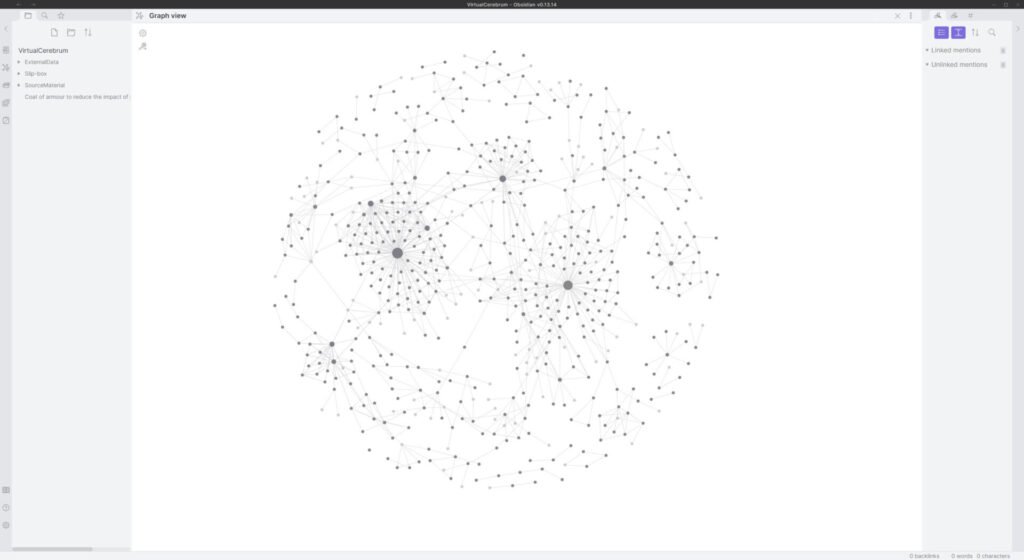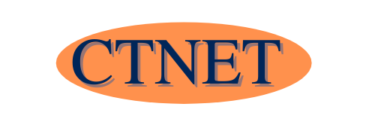I’m reviewing the book How To Take Smart Notes written by Sonke Ahrens. How to Take Smart Notes is a book on how you can use a digital Zettlekasten system to take smart notes. This book was the catalyst that led to me creating a Zettlekasten system for my knowledge base.
What is Zettlekasten system
Zettlekasten was a note-taking system developed in Germany during the 16th century. The word Zettlekasten translates into English as Slip box. This translation is not that surprising as a physical Zettlekasten system consists of one or more slip boxes. Notes written on cards are stored within the slip box.
How to Take Smart Notes introduces you to the Zettlekasten and how Niklas Luhmann used it to publish over 58 books and hundreds of articles over a thirty-year career.
What is a smart note
How to take smart notes introduced me to the idea of having three different types of notes.
Fleeting notes
You make fleeting notes during the day examples include
- An idea or thought that has come to you during the day
- Highlight of a passage in a book you are reading
- Lecture notes
- Notes taken while consuming media
As the name suggests, fleeting notes are not kept permanently.

Bibliological notes
A bibliological note contains details on your permanent notes’ source and includes information such as the author and publish date. I found this section to be one of the weakest areas of the book. I had to do further research to find the best way to link Biblelogical notes with my permanent notes, which I will be covering next.
Permanent notes
These are the notes that you will keep in your Zettlekasten. These permanent notes will form links with other related permanent notes creating a network of related notes.
Sonke Aherns makes the point in How to Make Smart Notes. As you add more permanent notes to your Slip box, the network of related notes will grow. You will see hot spots in your knowledge base, with some notes forming a hub due to the number of notes linking to that one note. As if it was a hub in a transport network. These hubs can inspire you to carry out further research or to create content on a piece of insight the hub has given you.
Who should read How to Take Smart Notes?
I would recommend it to anyone studying, especially if they want to develop a deep understanding of the subject they are learning. I would also urge anyone who is a knowledge professional or content creator.
Conclusion
If you found this review helpful, you will likely find my article on how I use Notion with Obsidian an interesting read. I could have created a digital Zettlekasten in either application, and it explains why I decided to use Obsidian.
This is our Amazon associate link for Sonke Aherns’s How to Take Smart Notes. If you purchase the product from Amazon via this link, we will receive a payment from Amazon at no cost to you.
